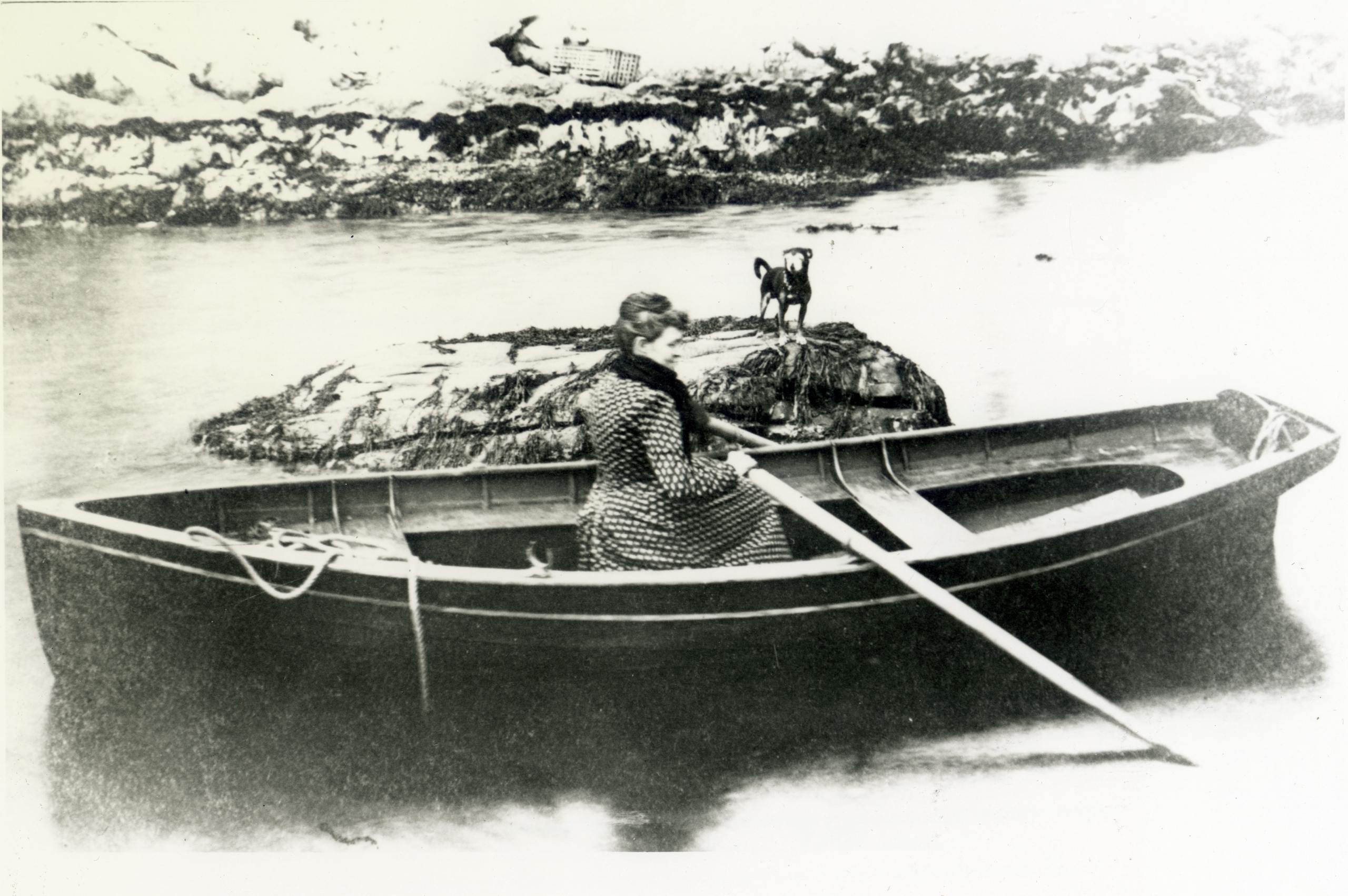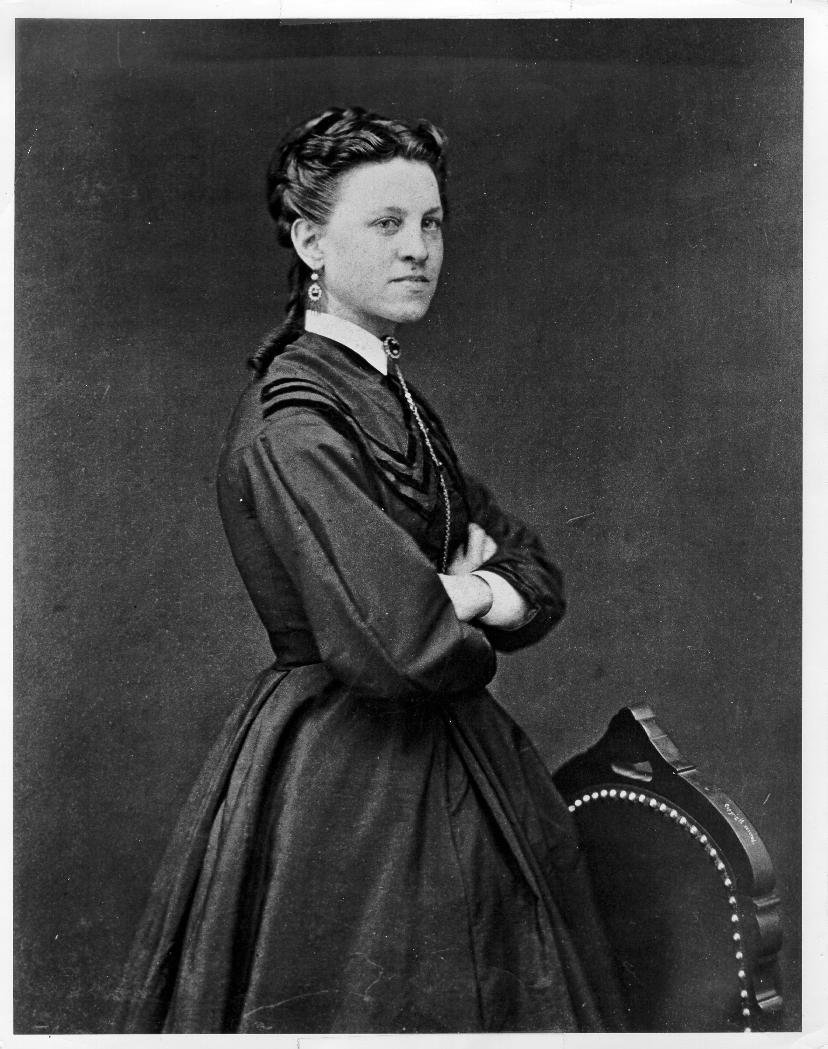

Once celebrated as the “bravest woman in America,” Ida Lewis, the famed lighthouse keeper, earned a multitude of prestigious honors for a series of water rescues in Newport, R.I.
And though the civil servant downplayed potential candidacy for a Carnegie Medal — shrugging off a 1906 rescue of a woman who had fallen from a boat as “a small matter” — Lewis became of the most-notable beneficiaries of an Andrew Carnegie funded pension for heroism.
Lewis was 65 and long-separated from her husband in 1907 when Carnegie – independent of the Hero Fund – added the heroine to his private pension list in appreciation of life saving deeds dating to 1858. That year, Lewis, just 16, rowed out in a boat to save four teenage boys from drowning.
Carnegie committed $30 a month to Lewis upon a request from Lewis’s friend, Cornelia Chadwick, according to The Lighthouse Keeper’s Daughter: The Remarkable True Story of American Heroine Ida Lewis, a book by Lenore Skomal. Chadwick’s husband, Navy officer French Chadwick, had presented Lewis with the federal government’s Gold Life Saving Medal of the First Class for the 1881 rescue of two men.
After Lewis’s death in October 1911, Chadwick circulated a letter that Carnegie wrote in response to her.
“Your kind note gives me one source of satisfaction. A happy and favoured man am I to be enabled to help such heroines as Ida Lewis, who has passed away. She had no future to fear, having made the best of this life. Fortunate she was in having you as a friend. Let us try to emulate her in the service of our fellows.”
Reacting in 1907 to news of the pension, The Philadelphia Inquirer editorialized: “Posterity will probably say that the American Nation ought to be very much ashamed of itself for letting Ida Lewis Wilson depend on Andrew Carnegie’s charity in her old age, after all she has done in saving life.” Over the years, Lewis’s pension frequently has been credited — erroneously — to the Hero Fund. Despite her prolific résumé of rescues — Lewis deemed the sum to have been 18 — she was not a Carnegie Medal recipient. Partly, that’s because the Commission only reviewed rescues that happened after its founding in April 1904.
So, what happened with that 1906 rescue of a woman who fell from a boat near the lighthouse? When an advocate pushed that it merited a Carnegie Medal, newspapers cited Lewis as saying she didn’t even count it among her volume of rescues.
“Mrs. Brown said the woman would have drowned if I had not helped her, but I could not for the life of me see how it could be called a rescue, and I simply would not listen to an offer of a medal for doing that,” the New York Herald quoted Lewis for a story published Oct. 21, 1907.
That modesty was a lifelong trait, and it likely contributed to Lewis’s diminished stature by the time Skomal began her research. Before 2002, when Skomal’s book first was published as The Keeper of Lime Rock, there was no definitive biography of Lewis, only scattered chapters in other works.
Noting that Lewis’s legacy had a Paul Bunyan-like quality because of the amount of misinformation that had been published about her, Skomal said she was fastidious in chronicling her life. This summer, Skomal, of New York City, revisited Newport for research related to a planned film adaption of her book by Los Angeles-based Amfran Entertainment and director Nico Raineau.
“She’s been a companion for 20 years, and I feel like she will be for the rest of my life,” Skomal said. “I feel like she’s my ancestor.”
— Chris Foreman, case investigator

